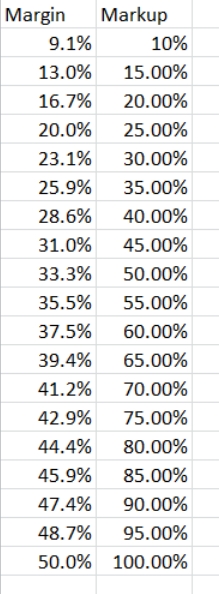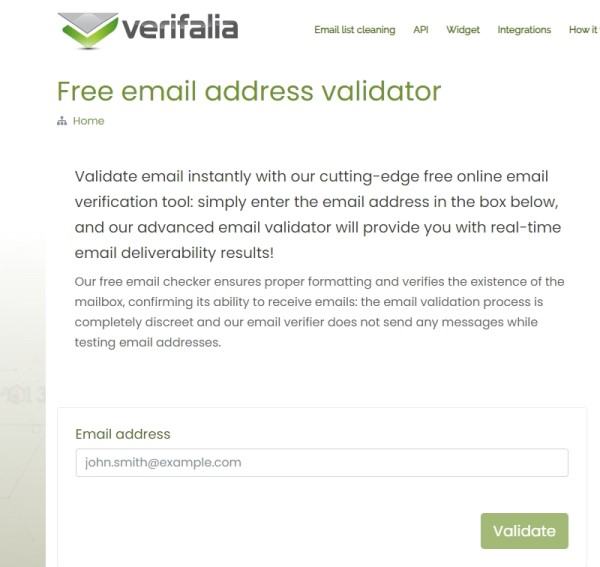
A reliable internet connection is essential for businesses. It's not a luxury anymore. If the internet goes down in a shop, EFTPOS stops, and that often affects half the business's trade.
Here are some valuable lessons about choosing the right Internet Service Provider (ISP) that I have learnt from my personal and business experience, both personally and from my many clients Australia-wide.
1. Internet Speeds: The Need for Speed
Today in business, slow internet is just not going to cut it. Here's what I've found works best:
**Minimum speed: Aim for a download speed of at least 25 Mbps; this is the bare minimum for basic operations today.
- Suitable range: 50-100 Mbps for most small businesses. This range allows for multiple devices and more demanding tasks.
- Video conferencing: If you're planning on Zoom calls (and who isn't these days?), you'll want to be on the higher end of that range. 100 Mbps gives a smooth experience even with multiple video calls happening simultaneously.
Today, high-speed internet for business is a positive plus.
You can use online tools like wifispeed.io to check your internet speed.
2. Reliability: The Backbone of Business Internet
Reliability is so important when it comes to business internet. A dropped connection can mean lost sales and frustrated customers. Today, EFTPOS stops often. Many clients have lost half a day trading just over that! So what I suggest is:
Ask around
Chat with neighbouring businesses about their experiences. When I moved to a new location, the cafe next door saved me from making a big mistake by warning me about their unreliable ISP, whose local cable was causing them many problems.
Check reviews
Look at Google reviews, but be smart about it:
- Aim for providers with ratings around 4.2 stars. This sweet spot often indicates a reliable service with realistic customer feedback. I am wary of perfect 5-star ratings—everyone has terrible reviews; if I see no bad reviews, I think they're scamming me.

- Read what people say about their average response times. The faster, the better for your business.
- Focus on recent reviews—last month's feedback is more relevant than last year's. ISPs can change quickly, for better or worse.
Uptime guarantees
I will discuss this in another post. I would not take these Service Level Agreements (SLAs) with guaranteed uptime too seriously. They're often more about marketing than actual service quality.
3. Data Limits: To Cap or Not to Cap?
Unlimited data plans are becoming more common and often cost the same as capped plans. My advice?
- If you need more clarification about your usage, go unlimited. It's better to have too much than too little.
- If you're on a tight budget, a capped plan might work, but be careful. I once exceeded my cap and faced a bill triple my usual amount!
- Look out for hidden fees or charges for exceeding data limits. Read the fine print! Some providers slow your internet down rather than charge extra if you exceed your limit.
Pro tip: Look at your current usage; it should give you a clear picture of your needs and help you choose the right plan in the long run.
4. Price and Fees: Balancing the Books
We're all watching our bottom line, especially in retail. Regarding internet costs: -Research first, then set a realistic budget based on your business needs.
- Remember, the cheapest option is only sometimes the best value.
-The dearest is only sometimes offering the best service; one of my clients took one of the biggest ISPs to court for lousy service. That one was certainly costly.
- Consider the cost of downtime. A slightly more expensive but reliable service can save you money in the long run.
- Business internet providers tend to be dearer but claim to be better. I am not convinced that they are better.
5. Customer Service: Your Lifeline When Things Go Wrong
Good customer service can be a lifesaver when your internet goes down. Here's what to look for:
- 24/7 availability is becoming rare, but it's gold if you can get it.
- Multiple support channels: Phone, email, and chat options give you flexibility. Even today, with chat and emails, I often prefer phone support.
- Local support: A physical store nearby can be a huge plus. I've had a problem with my internet, which the modem could have caused. As I was with an Optus reseller, I grabbed the modem and went to my local Optus shop. They tested it, told me it was faulty and sold me a new modem. I was up and running in an hour!
6. Technical Support: The Devil's in the Details
When it comes to tech support, not all ISPs are equal. Make sure you understand:
- What's covered in their support package? Some only cover connection issues, not device problems.
- Do they only support their modems? You could have a problem if you do not use their modem. I once spent hours troubleshooting a connection I used, only to find out my ISP didn't support the business-grade router I was using. Always clarify these details upfront!
- Are there limits on the types of issues they'll help with? For example, some won't assist with Wi-Fi setup or network configuration.
- Do they offer on-site support for complex issues? It can be invaluable for serious problems.
7. Local Availability
Having a local presence can be a game-changer.
They can quickly replace faulty equipment without waiting days for a new modem to arrive by post.
8. Scalability: Growing with Your Business
Your internet needs will change as your business grows. Look for an ISP that:
- It offers a range of plans you can easily switch between. I started with a basic plan and upgraded three times as my business expanded.
- Look at the business NBN plans first to give you an idea of what to look for.
- Allows you to your grade or downgrade without penalties. Flexibility is key in the ever-changing retail landscape.
- Provides business-specific plans that can grow with you. Features like static IPs or multiple lines might become necessary as you expand.
- It offers add-ons like additional data or speed boosts, which is nice.
9. Connection Type: Choosing Your Digital Highway
Connection Type
The two leading players in Australia are NBN and 5G. Here's my take:
NBN is generally more reliable for business use and will probably be the best internet for small businesses. I've found it to be more consistent, especially during peak hours.
5G: It has great speeds but can be less consistent. I have clients who use 5G and often have problems when it rains. It's improving rapidly, though, and might be the future.
Starlink: I have a client who uses this. It has excellent speeds, but it's dearer. It is good.
Tip: Check what type of NBN is available in your area. Some regions use wireless NBN, which can be less reliable than fibre.
10. Contract Terms: Flexibility is Key
When it comes to contracts, shorter is often sweeter. Be wary of long-term contracts with hefty termination fees. One of my clients had to pay to exit a three-year contract early. Know what you're committing to. Many small business owners now use free contract templates to better understand common clauses before signing anything. Pay attention to automatic renewal clauses and price hike conditions. Look for contracts with a satisfaction guarantee or trial period. You have a safety net if the service doesn't meet your expectations.
11. Bundled Services: More Bang for Your Buck?
Many ISPs offer package deals. These can include, among other things, a small business phone and broadband deals.
-If you need these services, the bundle can save you money.
12. Security: Protecting Your Digital Assets
In all my years, I have had only one client complaining about it. Most Australian ISPs take security seriously.
Conclusion: Making the Right Choice
A solid internet connection is the foundation of modern business. Take the time to choose wisely.


































